How to spray a plum in the spring from pests?
Experienced gardeners know how important it is to spray the plums in the spring against pests in time, because insects can cause great harm to crops and trees, up to complete destruction. Plum trees of any varieties and in any regions where they grow are attacked by insects. Experienced gardeners, in order to preserve the harvest, do not stop fighting parasites all season.
What insects harm plum fruits
Plum has many pests, but the biggest damage is caused by those that spoil the fruit.
- Plum moth
The pest spends winter under the bark or in the cracks of a tree in the form of a caterpillar. With the arrival of heat, it pupates, and small brown butterflies appear during flowering. They lay white-green eggs on the set fruit or the underside of the leaves. This continues until August (in warm latitudes, the cycle repeats twice).
After 2 or 3 weeks, caterpillars emerge from the clutches. They develop by feeding on the pulp of plum fruits. In especially favorable wet seasons, the moth caterpillars destroy the entire crop. A sign of their appearance is a drop of a viscous liquid (gum) on the fruit. If in green plums, parasites gnaw through a bone, then in ripe ones - the pulp around it, filling the fruit inside with excrement. At the same time, the fruits ripen ahead of time, fall early.
- Plum sawfly (yellow and black)
Pests pupate and winter in the ground at a depth of 20 cm. In early spring, when the top layer of the earth warms up to + 8–10 ° C, adult insects - small flies - fly out.
Most of all, sawflies destroy flowers, starting with the earliest varieties, they lay eggs in them. Caterpillars appear along with fruit setting, at first eating them completely, and then, when the plums grow larger, they penetrate and eat away the flesh around the stone. Affected plums fall off.
- Plum thickened
The mass summer of this small black fly begins shortly after the bloom from fruit trees. The parasite lays eggs on the ovary. The hatched caterpillars feed on the flesh of the bones. Affected fruits crumble, and in them pupated pests survive the winter.
Adult insects do not harm plants, but the fight in early spring begins with them in order to scare them away from planting.
How to spray plums in spring?
The first necessary measure is with the arrival of heat, even before flowering, to process the plum plantings with odorous solutions and infusions in order to scare off adult insects. For these purposes, the following are used:
- wormwood (decoction or infusion) - 1 kg of raw materials per 10 liters of water;
- needles - 2-3 kg of raw materials are infused for 3 days in 10 liters of water;
- soap solution (for 10 liters of water - 40 g of soap), to which 30 g of kerosene is added;
- for spraying in water, you can dilute any odorous substances - mustard, laundry soap, garlic, yarrow, tomato tops, tobacco dust, etc.
These funds are good because they can be used many times, and processing is stopped 3-4 days before harvesting.
Spraying with insecticides - "Karate", "Calypso", "Fufanon", "Karbofos", "Chlorophos", "Benzophosphate" and others, helps several times during the season. Dosage and dilution methods are important to follow those indicated in the instructions! With careful processing, an adult tree takes 2-4 liters, it does not hurt to spray the ground around it. It is better to change the drugs every time so as not to addictive insects.
Spraying is carried out 4 times:
- in early spring, as soon as sap begins to move in the trees, but the buds have not yet opened;
- at the time when the first leaves appear;
- just before flowering;
- after flowering, when fruits have set, but have not yet begun to ripen.
Repeated treatments will destroy all pests, since the period of activity is different for everyone. It is not recommended to spray it later with chemistry, otherwise the fruits will be dangerous to eat.
Gardeners often use mixed solutions to kill most parasites and diseases at once. For example, a mixture of insecticide "Kinmix", fungicide "Oxyhom" and 0.5-1% urea solution is good before flowering to scare away and destroy flying individuals. If time is lost (or the first mixture helped badly), you can make a composition for larvae and caterpillars in fruits: "Khomus", "Oksikhom" and "Inta-Vir".
In the fall, treating the plum from worms also does not hurt. Since the pests hibernate in the garden, their population can be reduced by spraying with a 1% Bordeaux mixture. This is the prevention of the appearance of not only pests, but also from fungi.
Additional pest control measures
Simultaneously with spraying for greater efficiency, other methods will help in the fight against the pest:
- removal of plant residues and weeds under and near plantings;
- periodic loosening, and in spring and autumn - deep digging of the earth around the tree trunks, and the radius around should not be less than the crown (in this way, part of the pupae and caterpillars are destroyed);
- manual collection of those fruits (from trees and ground) on which signs of damage are noticeable (it is better to heat them - boil or burn, but you can bury them to a depth of at least half a meter, generously sprinkling them with ash or lime);
- before mating and reproduction of insects, traps can be set - containers with a sweet liquid (for example, compote), in which a large part of the pests drown;
- feeding birds (flycatchers, starlings, sparrows, etc.), hanging birdhouses and nest boxes in the garden for nesting;
- planting a garden with plants with a pungent smell (marigolds, mint, calendula are suitable);
- wrapping the trunk with burlap or cardboard soaked in a poisonous solution (a trapping belt for worms).
Any methods will help from pests, if the neighbors on the site also fight them, since all these insects can fly. And timely prevention is the decisive and safest way to preserve the harvest. Comprehensive measures will help against many pests and diseases, and by autumn plum trees will delight the gardener with their abundance.
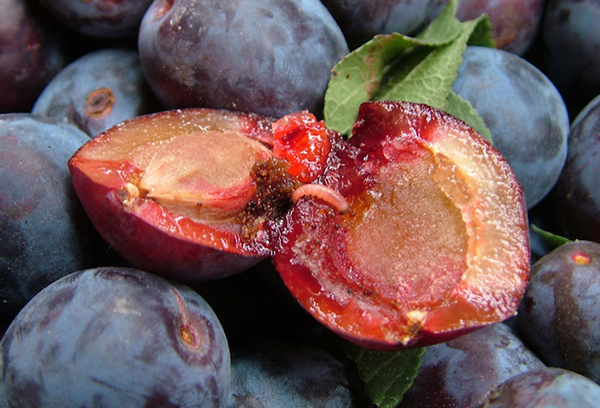

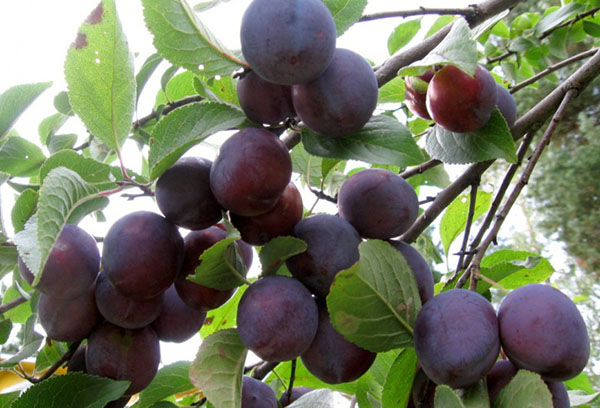


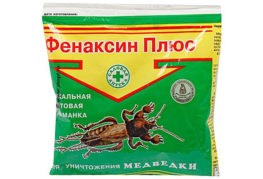
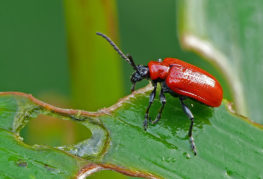
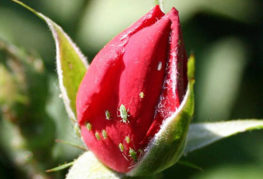

and will be published shortly.